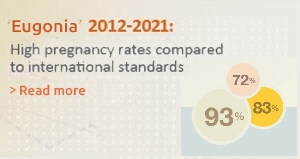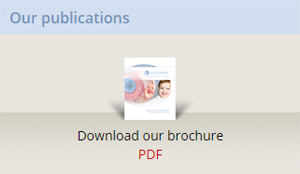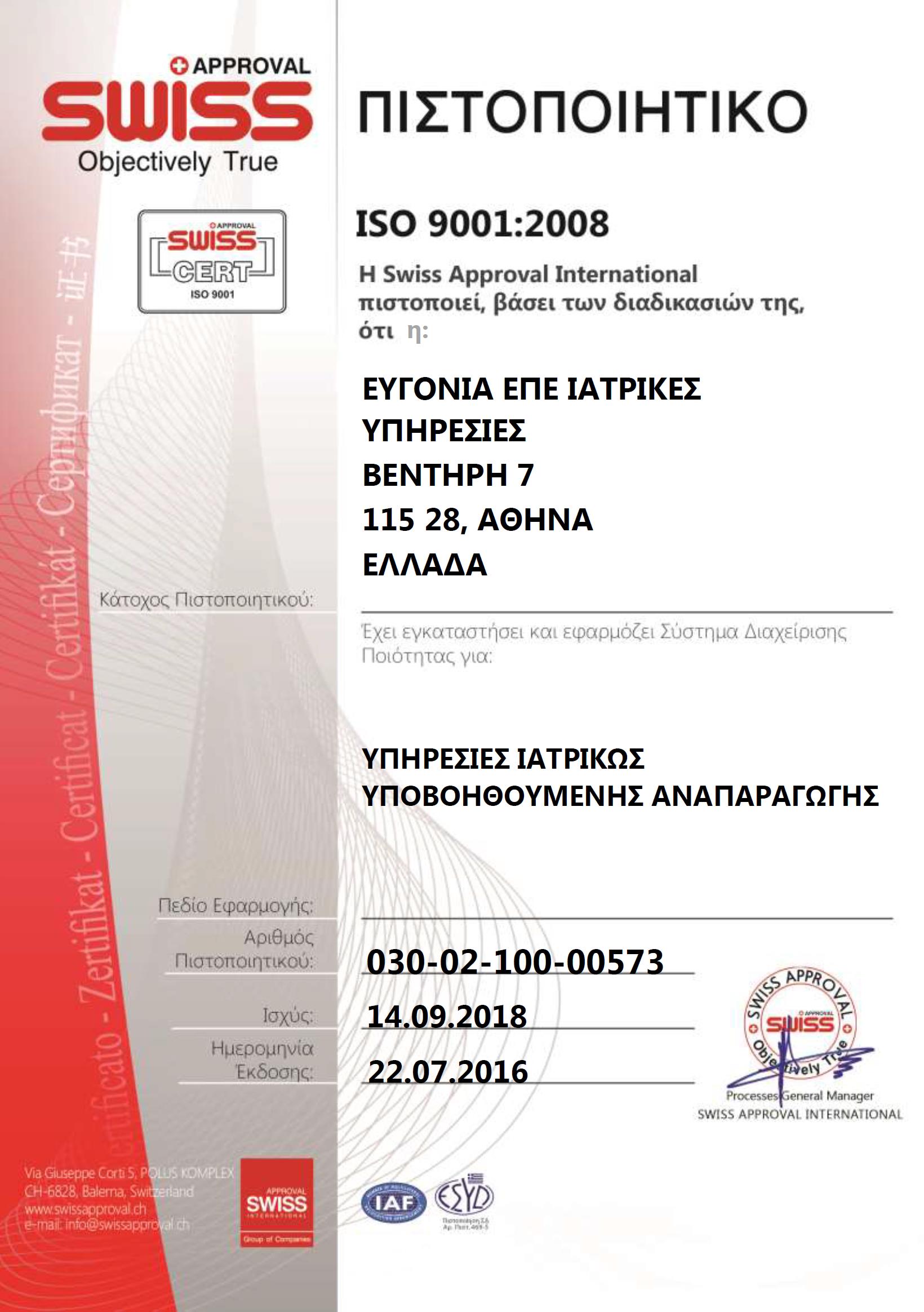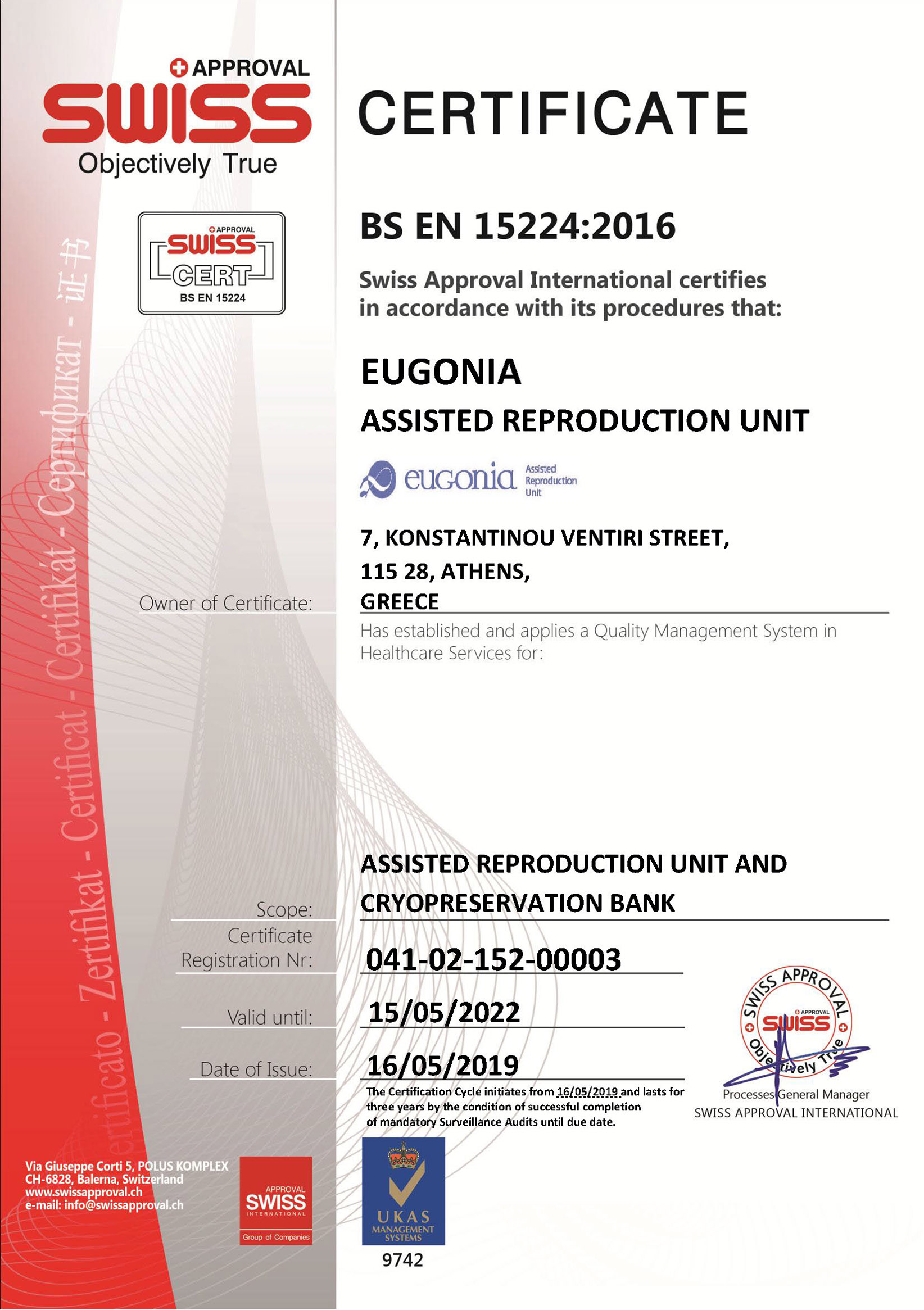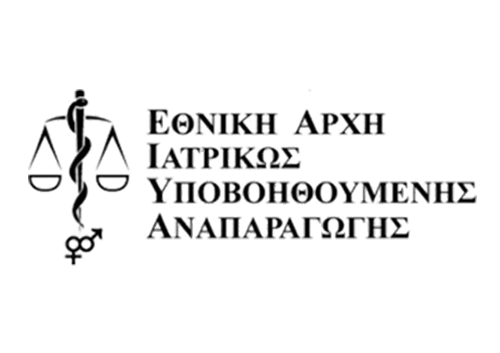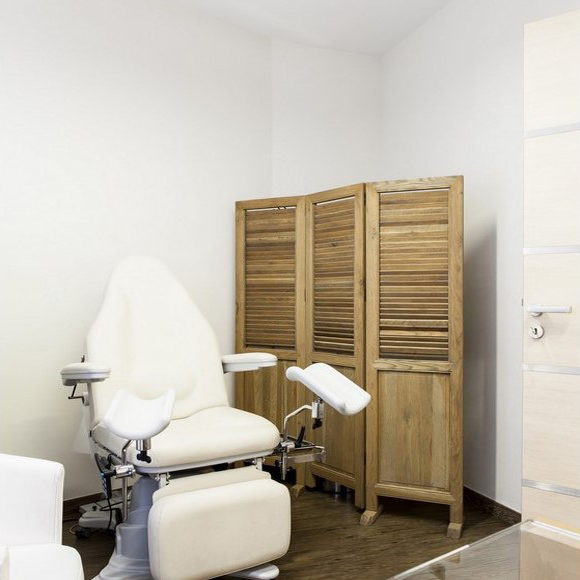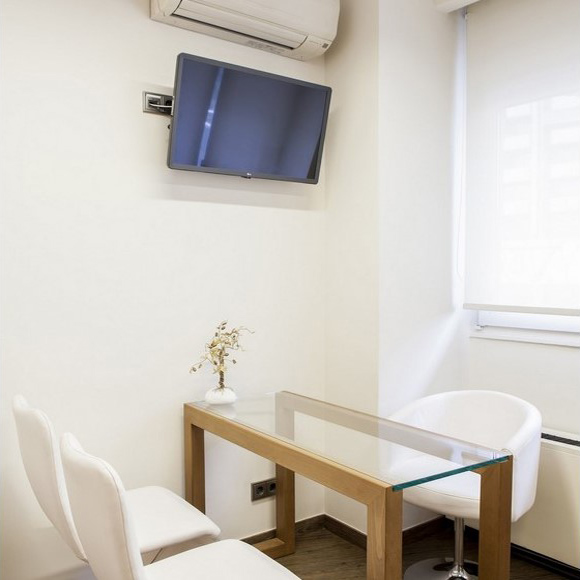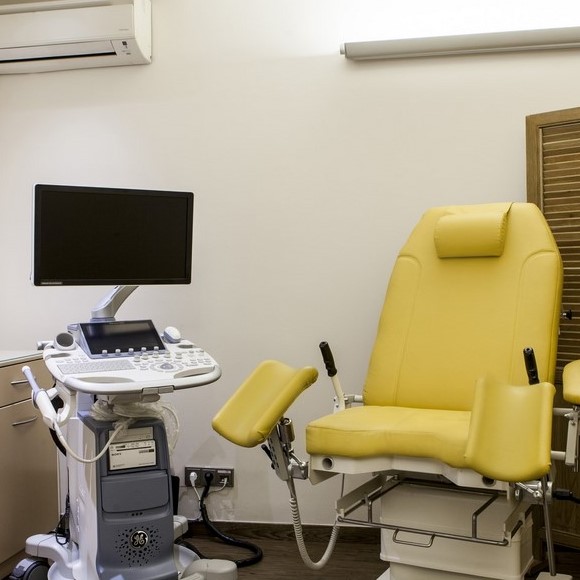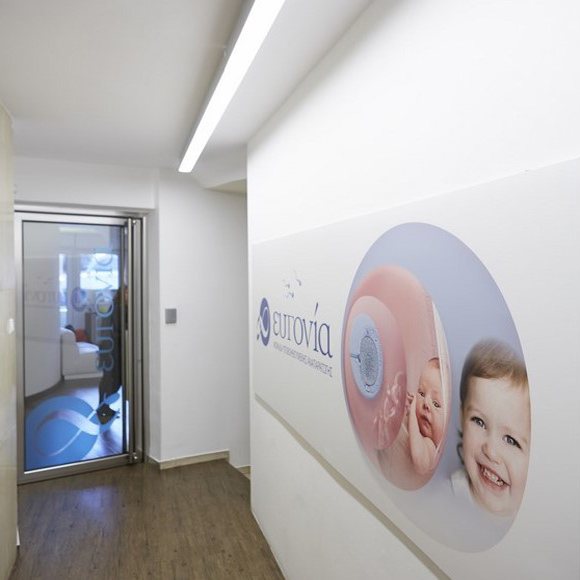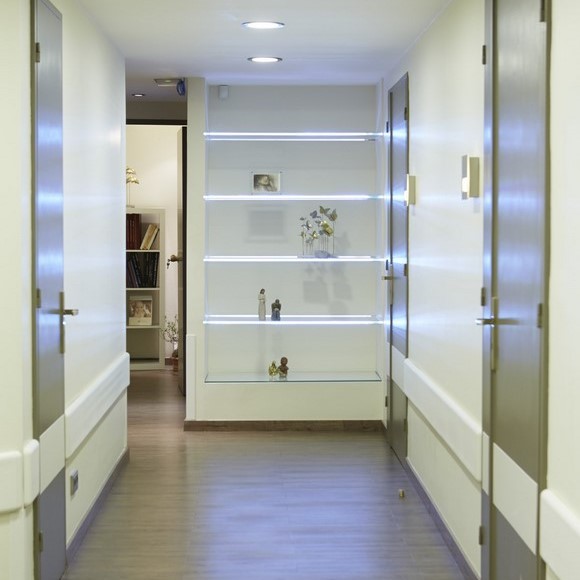The total sperm volume is as follows: the seminal vesicles secrete 2-2.5ml (50-80%), the prostate 0.5ml (15-33%), the urethral and bulbourethral glands 0.1-0.2ml ( 3%) while epididymides 7% of the sperm volume. In the spermodiagram, beside the demographic data of the man, the days of abstinence , the date and the data of the collection, the time of liquefaction, etc. are recorded. For objective assessment, it is considered necessary to check two or three samples within 2-3 consecutive months, especially if the first test shows some pathology. During semen analysis, the sperm is examined macroscopically, microscopically and biochemically.
Macroscopic and biochemical examination
Volume: Normally ranges from 1.5-6 ml. High volume is usually associated with a long period of sexual abstinence. Low semen volume may be due to loss of part of the sample during collection, obstruction of the ejaculatory duct or congenital bilateral absence of vas deferens. It can also be result of partial retrograde ejaculation or androgen deficiency.
Liquefaction: The sperm at the moment of ejaculation is a semi-solid coagulated mass. After a few minutes begins to liquefy, preferably at 30 minutes but no longer than 1 hour. The sperm parameters are evaluated after liquefaction. Excessive increase in liquefaction time indicates prostate dysfunction.
pH: The pH of the semen is slightly alkaline (7.2-7.7). Clearly alkaline sperm pH (> 8) indicates inflammation of the adenomas, especially the prostate and the seminal vesicles, while acidic pH (<7) indicates congenital aggression or occlusion of vans deferens.
Appearance: Normal human semen has a grey-opalescent appearence. Pathological appearence (dark brown) is due to hematospermia, while colour changes in case of taking certain medications.
Biochemical control: Screening of spermatozoa metabolites is optional, but it can provide important information for the detection of the auxiliary genital tract pathology. It has been shown that in the seminal plasma, acid phosphatase, citric acid, zinc and magnesium originate by the prostate. Fructose and prostaglandins are secreted by the seminal vesicles. Carnitine, glycerylphosphorylcholine and α-glucosidase are good indicators of epididymide function, although their exclusive production by epididymis is questioned by some references in the literature.
Microscopic Investigation
Number of spermatozoa: It is usually expressed in millions per ml. Oligospermia is when the number of spermatozoa is less than 15 million per ml (WHO).
Sperm Motility: The motile and immotile spermatozoa are usually assessed in a percentage of 0-100%. The motility is graded in four categories: (a) rapid forward (b)slow forward , (c) non-progressive and (d) immotility.
Sperm morphology: The morphology is assessed by histological observation of the head, neck (middle part) and tail of the spermatozoa after coating on a slide and pigmentation. Beside spermatozoa, other types of nucleated cells, such as inflammatory cells and immaturesperm cells, may be present. Regarding the characterization of physiological or pathological morphology, there are differences between the researchers (Kruger 1998, Kobayashi 1991) and the guidelines which has been established by the World Health Organization. Until now, no absolute correlation between sperm morphology and fertilization has been demonstrated, although researchers such as Kruger and Kobayashi have proposed criteria, by examining men's sperm with proven fertility capicity.
Other histological observations: The presence of a large number of white blood cells in general (> 3X106), or pelvis (polymorphonuclear leukemia> 1X106), may indicate acute inflammation of the prostate, seminal vesicles or epididymis. The observation is done in a coating stained with a specific peroxidase staining, which detects the pyospheres. Also, the semen analysis is supplemented by the vitality test(test Williams): the immotile spermatozoa are not always dead. Typically, an eosin solution is used: the stained spermatozoa are the dead ones, as their membrane is not intact and allows the stain to insert. The result is expressed as a percentage of live spermatozoa with lower reference limit 58%.





